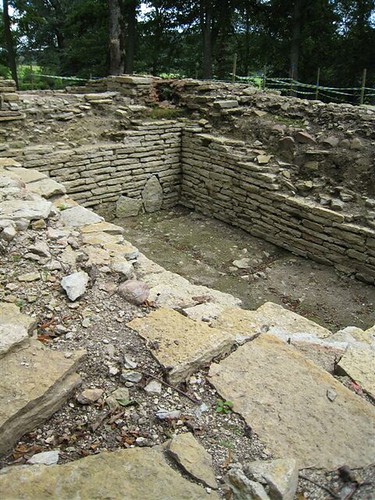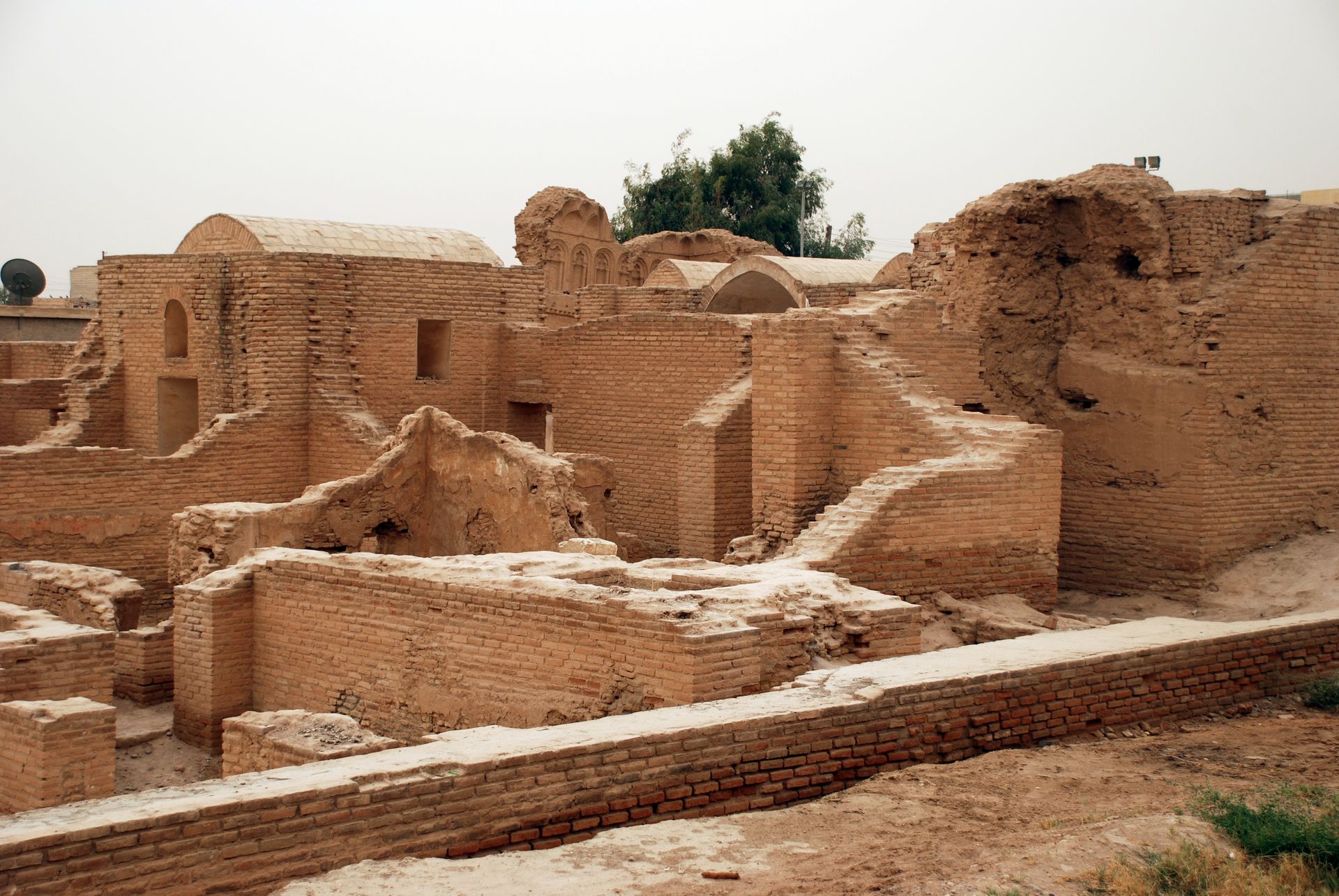There’s been quite a lot of heavyweight braining here over the last little while, so I think it’s OK if I slack with a links post this time. Some of the stuff that was done by archæologists in the last few months of 2009 might turn out to be pretty significant, in fact. Firstly, you can find at Martin Rundkvist’s Aardvarchaeology a report of new dendro-chronological dates for two Norwegian ship-burials. They turn out to be prime Viking-Age examples, and the oldest dendrochronologically dated ones there are. He also notes that the famous Oseberg ship can now be dated to 820 but that it was built far away from Oslo where it was modified and eventually buried, which allows one to think new, if unprovable, thoughts about the origins of the princess supposedly buried therein. So that’s fun, and, you know, furnished burial, Vikings and women, pretty much all the cool medievalist points there are except plague or trebuchets.
Then, in a case of ‘all of those except the Vikings’, I see from Archaeology in Europe that News for Medievalists reports on the location of two Frankish cemeteries in the Parisian area, at Noisy-le-Grand, which date from the 5th-6th centuries, when the kings were Merovingians (in some cases) and most Franks were probably pagan and burial was furnished and boxed, and the 8th-10th centuries, when the kings were Carolingians, Christianity was Generally prescribed and to be taught in schools and that, and burial was apparently austere and shrouded. This kind of direct possibility comparison is a real boon and I hope for a suitably glossy booklet to snag illustrations from (or perhaps, you know, a Flickr site as per Staffordshire Hoard).
Then, this time with ‘women, Vikings and burial which I don’t know about the furnishing of’, and that for a fairly broad use of the term Viking, a team of Swedish archaeologists have apparently found a church dated to c. 1000 in southern Sweden, which would be the oldest yet known there: so at least reports News for Medievalists on the basis of an article in Viking and Medieval Scandinavia that would cost you twenty Euros to read. From the report at News for Medievalists, though, it seems that the church was raised over an existing female burial dated to c. 975, and that other older burials are nearby. The article as they quote it suggests that this means a Christian site all along, but I wonder (and I note that if that burial and that church have both been dated from radio-carbon, the real dates could easily be in the opposite sequence, which might give us a ‘prominent noblewoman converts and founds oratory in deathbed gift’ scenario or similar).
Then, something and somewhere completely different, News for Medievalists has a notice, one of many in recent months, about the ongoing digs at Qasr al-Banat in Syria. This time the find appears to be a bathhouse, in remarkably good order allowing us to distinguish, for example, that it had a separate toilet block, but for some reason I’d not taken on board the significance of the site as a whole, which is that it’s an cAbbasid palace complex in Syria. This is mainly significant because early medieval Syrian Islamic palaces are usually a thing of the previous, Umayyad, dynasty, as the cAbbasids were much more Persia-based. It’s only small, but Caliph Harun al-Rashid seems to have sorted himself out quite nicely.
Lastly, not medieval at all but quite touching: in the ongoing digging at Forteviot, site of a medieval Scots royal palace near Perth, a monumental Bronze Age grave has been opened that proved to contain, among more normal things like a coffin and a dagger, the heads of several meadowsweet blooms that have somehow lasted 4,000 or so years in the ground. Pollen has apparently been found in such sites before but was put down to honey; now we can suspect that even in the Bronze Age one might deposit flowers with the dead. (Ha! a dagger and flowers and no surviving body. Gender me that, processualists!) The report is apparently out in British Archaeology, but I got this from this BBC News story which I was alerted to by Archaeology in Europe. So there you are.
Posted in archaeology, Blogroll, Carolingians, France, Scandinavia, Uncategorized




